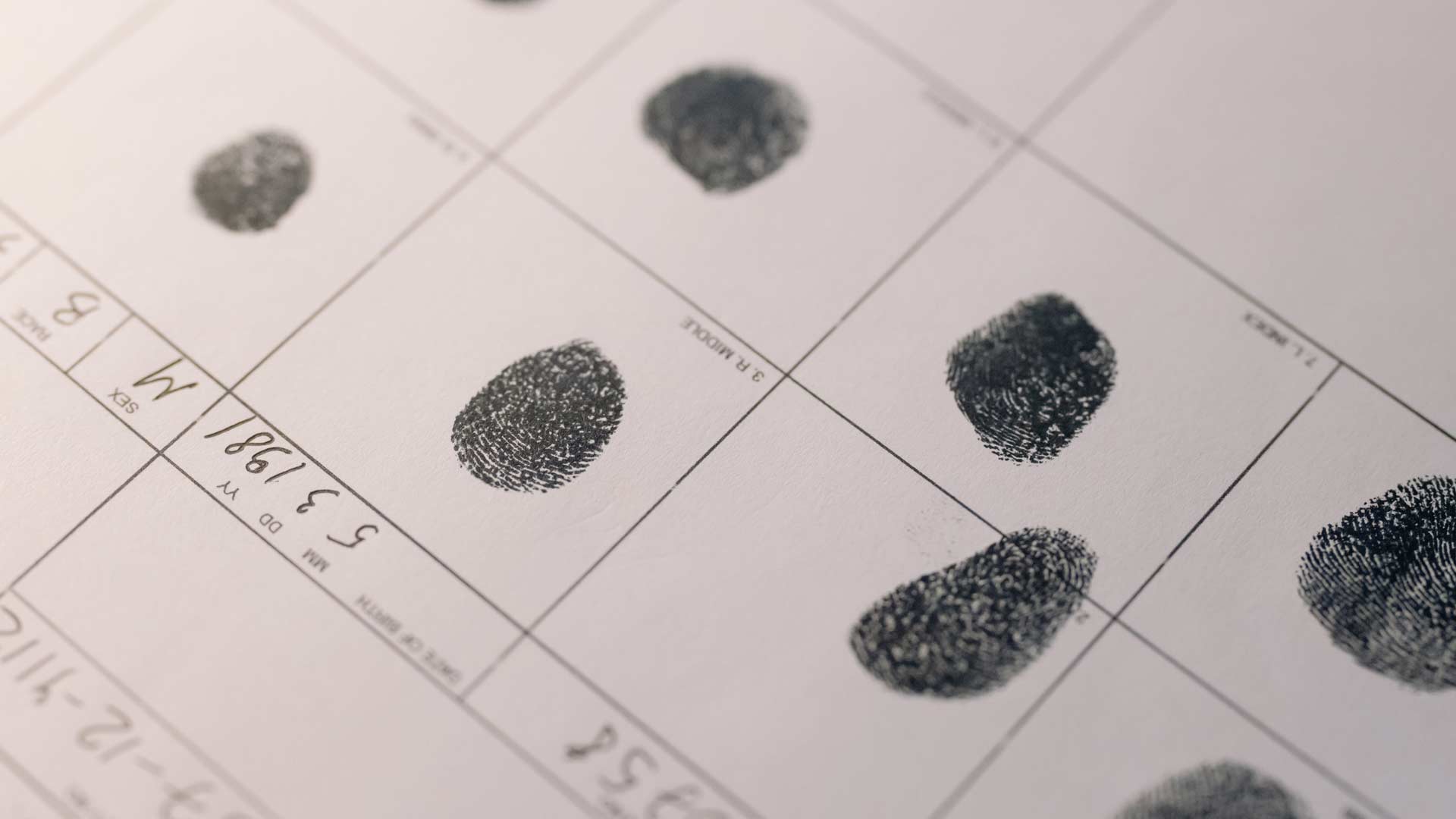A team of researchers at Columbia Engineering led by undergraduate student Gabe Guo has challenged a fundamental assumption in forensic science, demonstrating that fingerprints from different fingers of the same person can indeed be matched.
This groundbreaking discovery, published in Science Advances, opens up new avenues for forensic investigation and could revolutionize the way crime scenes are analyzed.
Guo, who had no prior knowledge of forensics, embarked on this project after realizing that the prevailing belief that fingerprints from different fingers are unique had never been rigorously tested.
To investigate further, he and his team fed a vast dataset of fingerprints from the U.S. government into a deep contrastive network, a type of AI system designed to identify similarities between images.
The AI system, trained on this unique dataset, surprisingly showed that it could accurately match fingerprints from different fingers with an impressive 77% accuracy for a single pair. This breakthrough challenged the conventional wisdom and raised the possibility of a new kind of forensic marker that had been overlooked for decades.
The findings initially met skepticism from the forensics community, who were accustomed to the long-held belief in fingerprint uniqueness. However, the team persisted, further refining their AI system and gathering more data to validate their results.
The discovery of this new forensic marker has significant implications for law enforcement. By enabling investigators to link fingerprints from different fingers, this technology could potentially increase forensic efficiency by more than tenfold, making it more efficient to identify suspects and solve crimes.
While the AI system is still under development and requires further validation, its potential impact is undeniable.
This groundbreaking research highlights the power of AI to challenge established assumptions and revolutionize fields long thought to be well-understood.
As AI technology continues to advance, we can expect to see even more transformative discoveries in the field of forensics.





